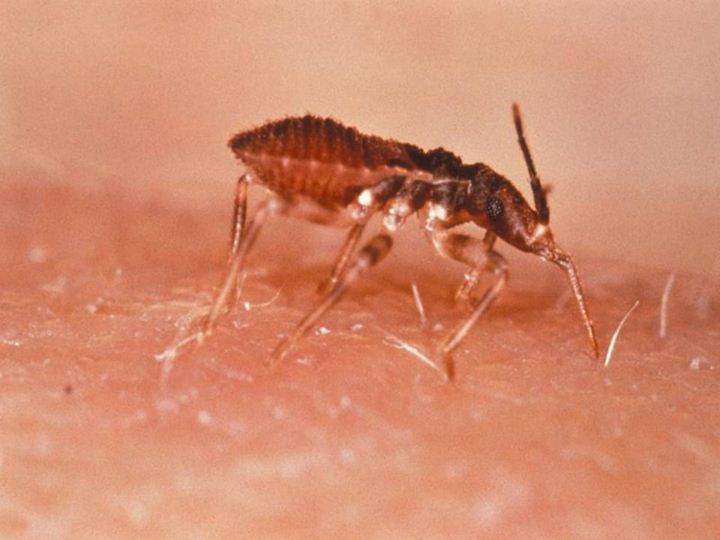 |
It is an
infectious disease that is caused by a parasite (Trypanosoma
cruzi)
that lives within the gut of the triatomine bug (Jurberg, 491). The primary
form of transmission is vector-borne. As the bug feeds off the human blood,
it defecates and the feces (which contain the parasite) get into the
bloodstream and infect the person (Jurberg, 491). However, transmission can
occur in other ways, as well. Blood transfusions, mother to infant
transmission, eating contaminated food, and organ transplantation also
contribute to infection rates (Rassi
et al.,
1388-9).
|
